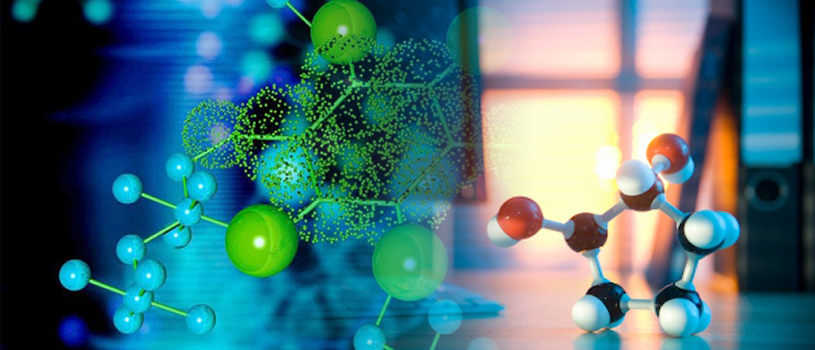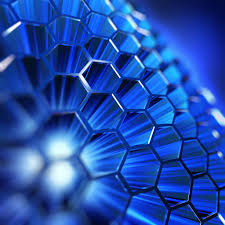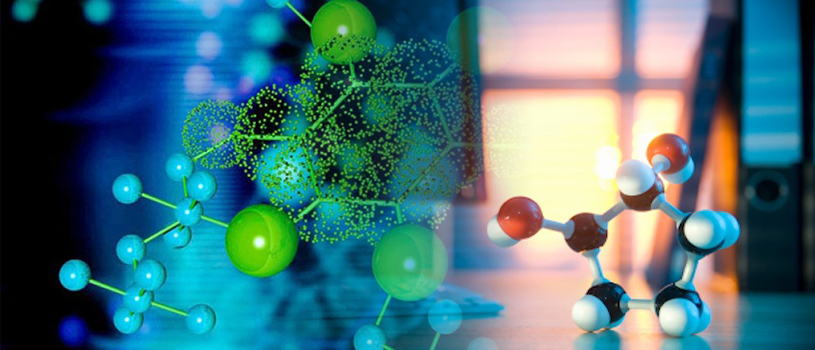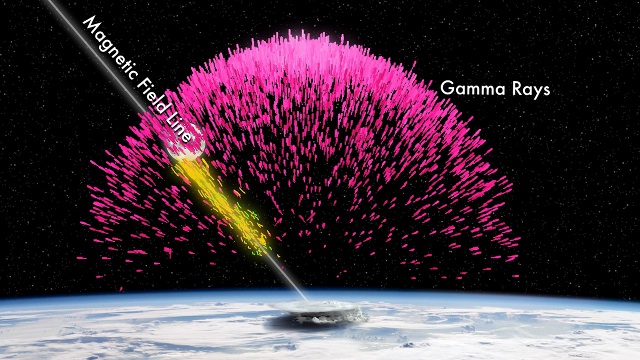
Researchers at the University of Rochester have now identified a genetic switch that controls oxidative stress in stem cells and thus governs stem cell function.

In a paradox typical of the quantum world, JILA scientists have eliminated collisions between atoms in an atomic clock by packing the atoms closer together. The surprising discovery, described in the Feb. 3 issue of Science Express, can boost the performance of experimental atomic clocks made of thousands or tens of thousands of neutral atoms trapped by intersecting laser beams.

Scientists have identified the genetic sequence of an unprecedented 28,000 structural variants -- large portions of the human genome which differ from one person to another. The work could help find the genetic causes of some diseases and also begins to explain why certain parts of the human genome change more than others.

Inspired by the popular confidence trick known as

A new experiment that reproduces the magnetic fields of the Earth and other planets has yielded its first significant results. The findings confirm that its unique approach has some potential to be developed as a new way of creating a power-producing plant based on nuclear fusion -- the process that generates the sun

Physicists have discovered a new way to measure how single atoms interact with a surface. Their findings help develop nanotechnology and test new theories about the internal structure of atoms.

A non-superconducting material has been transformed into a superconductor using light, researchers report.

Researchers have developed a new approach to decoding the vast information embedded in an organism

To rebuild damaged parts of a human body from scratch is a dream that has long fired human imagination, from Mary Shelley

Researchers have placed nanocrystals of strontium telluride into lead telluride, creating a material that can harness electricity from heat-generating items such as vehicle exhaust systems, industrial processes and equipment and sun light more efficiently than scientists have seen in the past.

Using a common metal most famously found in self-cleaning ovens, Sossina Haile hopes to change our energy future. The metal is cerium oxide -- or ceria -- and it is the centerpiece of a promising new technology developed by Haile and her colleagues that concentrates solar energy and uses it to efficiently convert carbon dioxide and water into fuels.

A Nobel Prize winning biologist has ignited controversy after publishing details of an experiment in which a fragment of DNA appeared to ‘teleport’ or imprint itself between test tubes.

New observations from the Fermi space telescope have revealed that …

A new era of utilization for research and technology begins for the completed International Space Station. The orbiting laboratory shifts focus in 2011 from finalizing construction efforts to full-scale use of the facility for scientific investigation and technological advances.